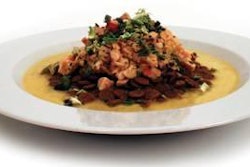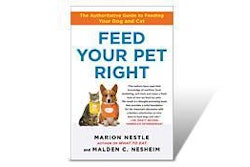Few diseases in modern pets are diet-induced, with the possible exception of obesity. While fat is the most concentrated and efficiently stored source of calories and protein the least so, an excess of calories from any source will contribute to adiposity.
In people, obesity is generally recognized as 20% to 25% above ideal body weight. A lifelong study in dogs showed that even moderately overweight dogs were at greater risk for earlier morbidity; these dogs required medication for chronic health problems sooner than their lean-fed siblings. The average difference in body weight between groups was approximately 25%.
Obese cats also face more health risks, including an increased risk of arthritis, diabetes mellitus, hepatic lipidosis and early mortality. The risk for development of diabetes increases about two-fold in overweight cats and about eight-fold in obese cats.
Altered adipokine secretion appears to be an important mechanism for the link between excess body weight and so many diseases. Once considered to be physiologically inert, adipose tissue is an active producer of hormones, such as leptin and resistin, and cytokines, including many inflammatory cytokines such as tumor necrosis factor alpha (TNFα), interleukins 1β and 6 and C-reactive protein. The persistent, low-grade inflammation secondary to obesity is thought to play a causal role in chronic diseases such as osteoarthritis, cardiovascular disease, diabetes mellitus and others. In addition, obesity is associated with increased oxidative stress, which also may contribute to obesity-related diseases.
Management of obesity involves nutritional modification as well as behavioral modification. Increased protein intake combined with reduced calorie intake facilitates loss of body fat while minimizing loss of lean body mass. Limiting treats to 10% of calorie intake and increasing exercise both aid in successful weight management.
Source : D.P. Laflamme, 2011. Obesity in dogs and cats: what is wrong with being fat? J. Anim. Sci. online October 2011. doi: 10.2527/jas.2011-4571















